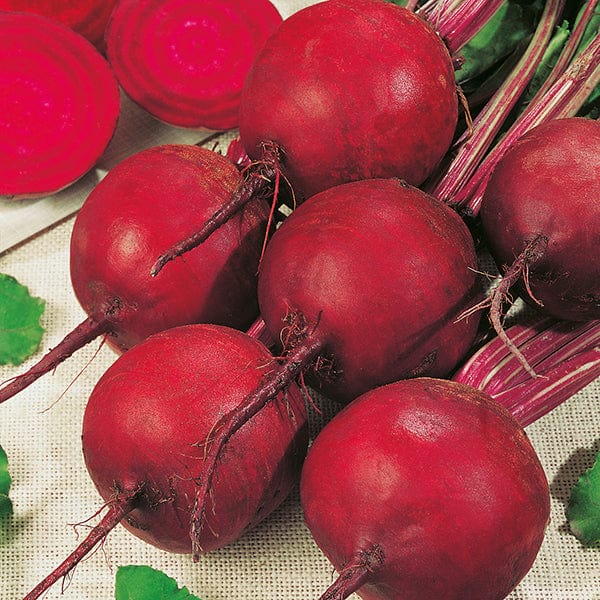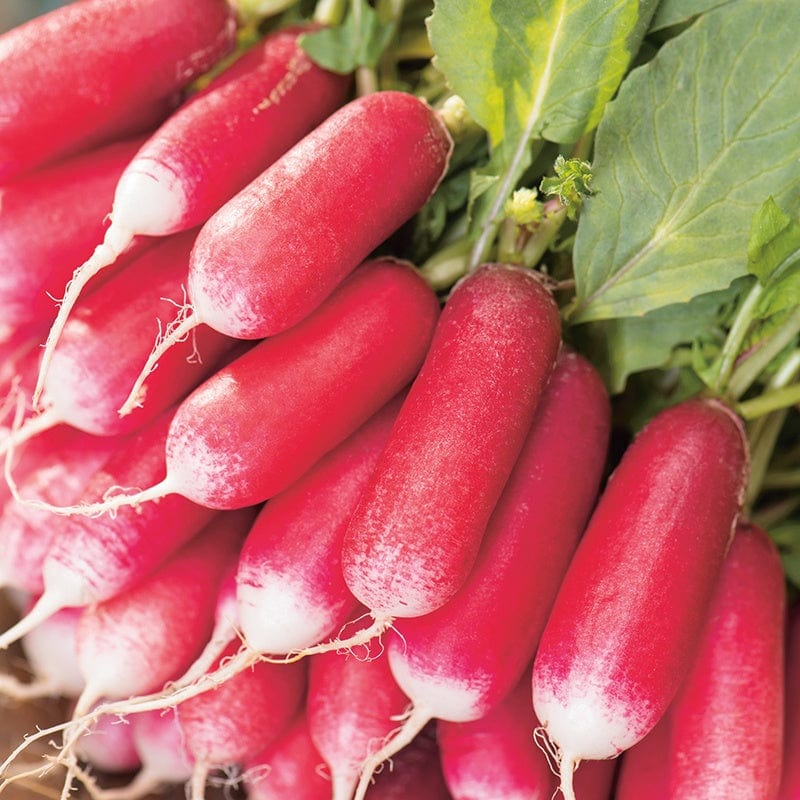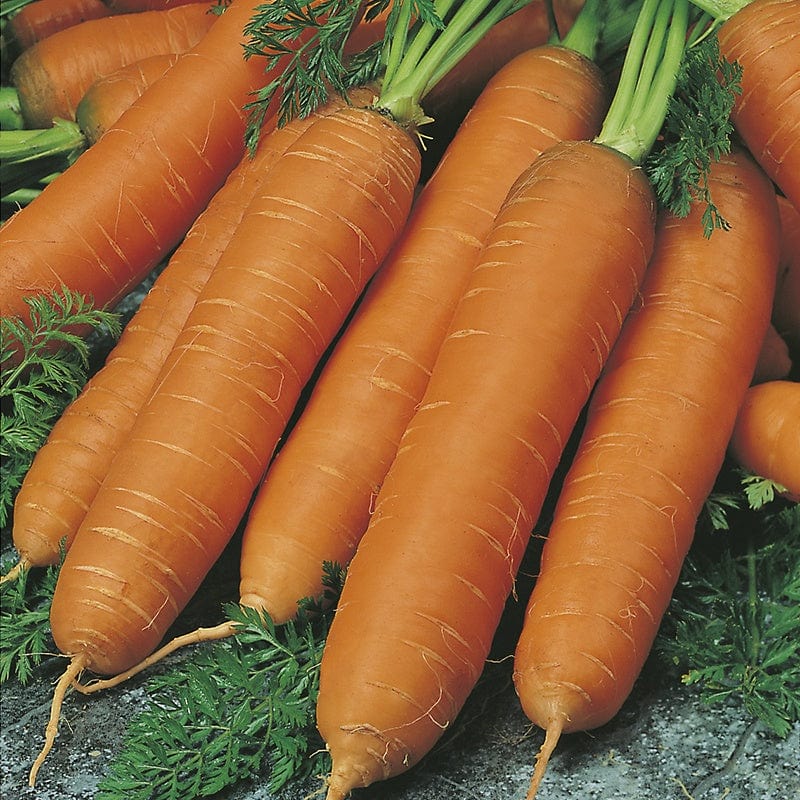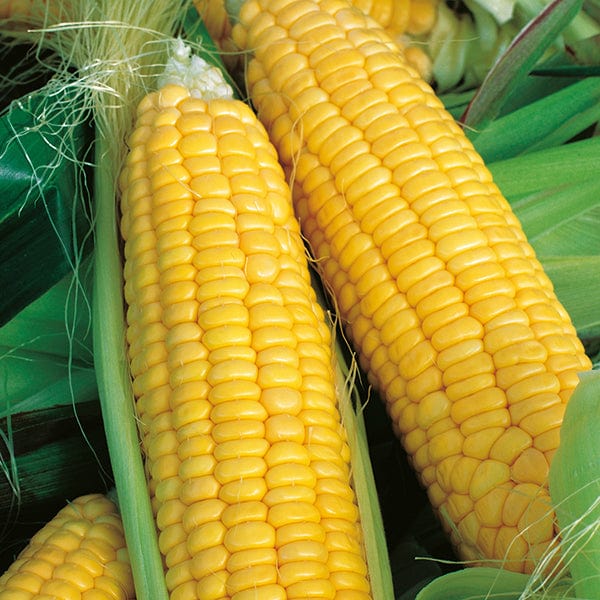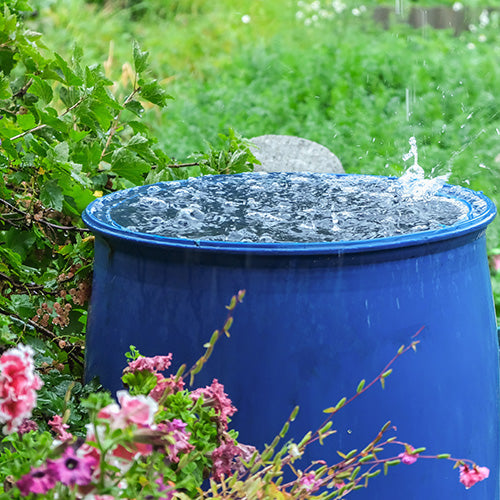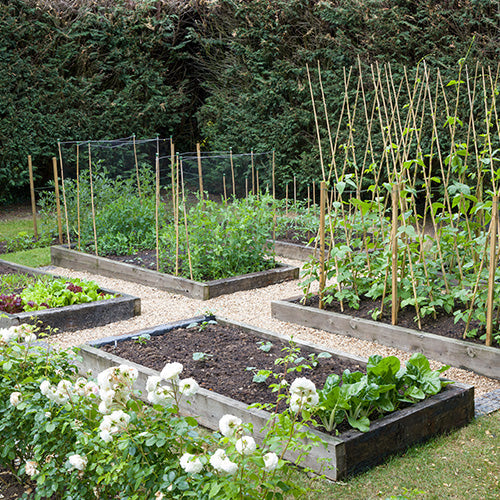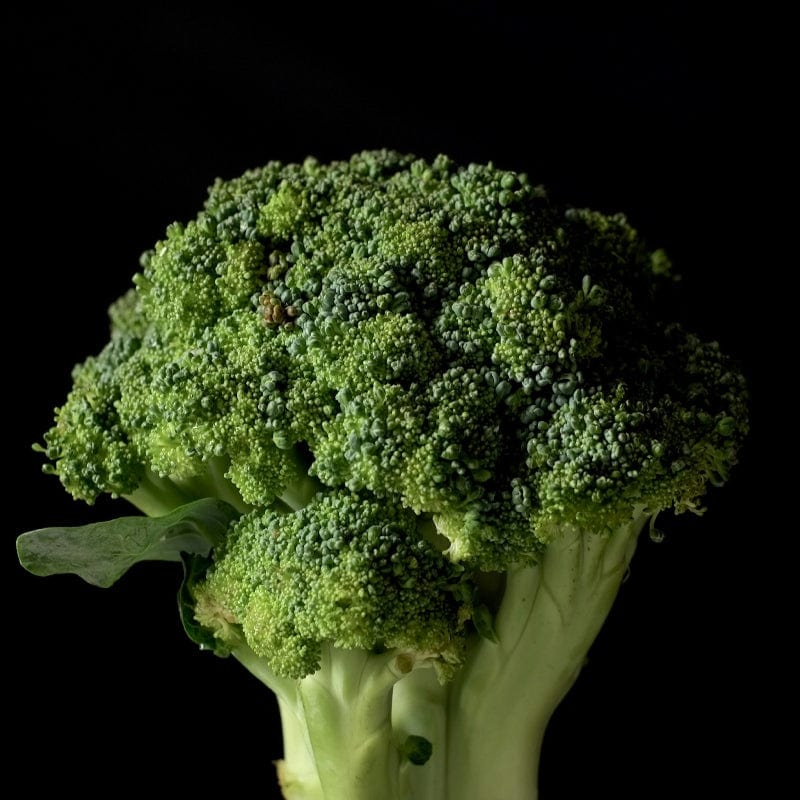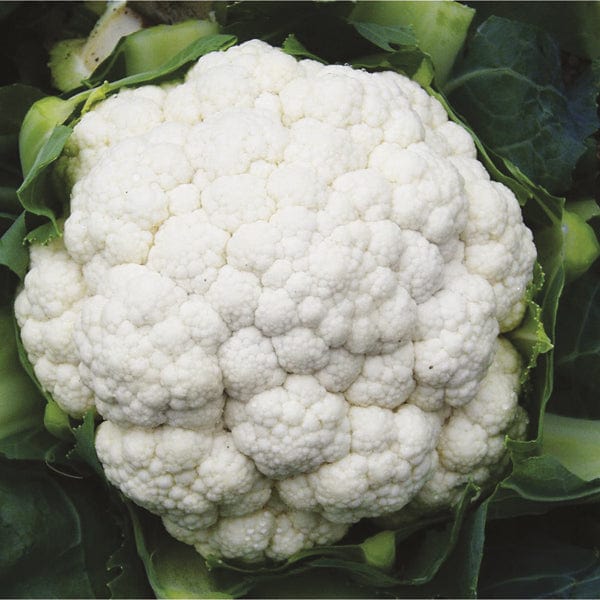Looking for ways to maximise the fulfilment of your plants’ needs while also cutting down on your water usage? There are two ways you can go about this. Firstly, you can increase the amount of water you’re collecting to reduce the amount of ‘new’ water you need from the tap. Secondly, you can alter the conditions of your garden or allotment plot to get the most out of the water you have. Keep reading to learn more about how to collect rainwater for use in your garden, and the benefits of doing so.
Why Collect Rainwater?
Before we look at the different methods you can use to save water, it’s important to consider the reasons why you might want to do so. Overall, rainwater is actually better for the garden as it has a lower PH, which is more preferable for most plants.
From an environmentally conscious viewpoint, collecting rainwater and other commonly wasted water sources helps to make the water in our reservoirs go further and avoid shortages. Collecting rainwater can also facilitate complying with hosepipe bans in drought periods.
On top of that, many allotments across the UK don’t have a mains water supply, so you are restricted to what you can collect onsite, or what you can transport to the allotment. The following tips can help with both aspects, as well as being applicable to anyone wanting to collect water in their own garden rather than at an allotment site.
How to Collect Rainwater for Gardening
There are various methods you can carry out when considering how to collect rainwater. Below are our best recommendations:
Water Butts
Water butts are most commonly used where they can be attached to guttering or drainpipes, meaning some sort of shed or building is required. However, if you don’t have access to handy guttering, does that mean you can’t use a water butt?
No! You just have to think outside the box a little bit. Think of your water butt as a storage facility and nothing else. You don’t need to direct rainwater into it automatically if that’s tricky on your plot. Instead, you could collect water in buckets and other receptacles, and simply transfer that water into the butt when you visit your allotment. The more often you can do this, the better, as water can be very heavy in large quantities.
Outdoor Drip Trays
Another option to consider is using outdoor drip trays underneath your plastic grow pots and seed starter trays. Most outdoor-friendly pots have drainage holes at the bottom to avoid waterlogged soil around your plants’ roots, but that water is often then lost as it soaks into the ground.
By placing drip trays underneath your pots, you can collect that water and use it again. In the summer months, drip trays can even help to automatically water your plants as the water wicks upward through the soil. In colder, rainier spells, however, it’s best to stand your pots on feet or similar structures to keep the base of the pot out of the water; otherwise, you could find your plants staying too moist. It’s also a good idea to regularly empty the drip trays to help avoid this problem.
Grey Water
Have you ever wondered how much water is lost through washing dishes or having a bath? The good news is that this water can be used in your garden. Known as ‘grey’ water, this applies to water containing household soaps, shampoos and conditioners, which aren’t harmful to plants. Steer clear of water that has been through the dishwasher or washing machine, and don’t use anything that’s had bleach or vinegar in it.
This grey water can’t be stored as it will go bad, but it can supplement your daily water supply to help out. It’s recommended to avoid spreading grey water on plants that you wish to eat raw, such as salad leaves. This is because soaps can leave a strange taste behind if the plants aren’t cooked before you eat them.
For the best results, alternate your usage of rainwater and grey water to maximise hydration and growth.
Weeding and Mulching
Finally, there are ways you can change your allotment in order to need less water overall. Of course, some varieties and types of plants require less watering, using irrigation equipment, than others, so that could be a consideration for when you plan your next round of crops. But, there are other ways that don’t require you to alter what you grow, with the most effective beingweeding and mulching.
For instance, take the time to ensure you are only watering vegetable plants and fruit plants you wish to be in your allotment. Removing weeds can be a painstaking process if they’ve gotten out of control, but it means that your desired crops will have less competition for nutrients and moisture within the soil. Therefore, they should have a better chance of getting all the water they need.
Mulching, using well-rotted manure or garden compost, is also a very beneficial process if you find you’re having to water more often than you’d like. This garden task helps to trap water within the soil rather than letting it evaporate into the air, which means more water in the soil and, therefore, more water for your plants. Plants that have large leaves, such as rhubarb plants or chard plants, can have a similar, if lesser, effect, but mulching can be more time-efficient.
Shop Seeds, Plants and Garden Equipment at D.T. Brown
Through a combination of the above methods, you can take advantage of the many benefits of learning how to collect rainwater and make your allotment or growing space much more efficient. Whether you choose low-maintenance vegetable plants or fruit plants, use water-saving garden accessories or any other techniques, you can find many quality gardening supplies to optimise your water use and get your garden at its best at D.T. Brown.
For more guides on how to best care for your allotment or garden, you can find many more useful articles as well as our in-depth growing guides over on our garden blog.
If you’d like to know more about our wide range of gardening supplies, including our Darlac tools, birds and wildlife accessories, garden buildings or anything else we have available, contact us today. A member of our team will gladly assist you.



